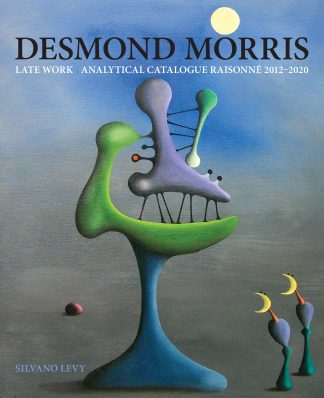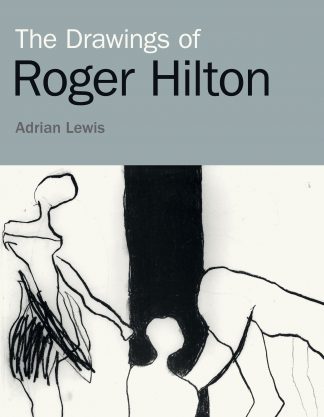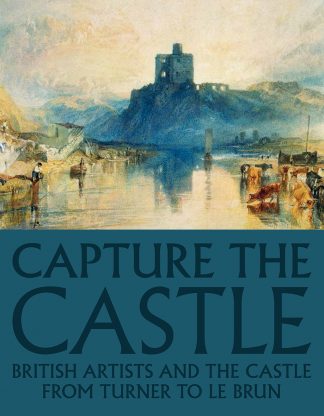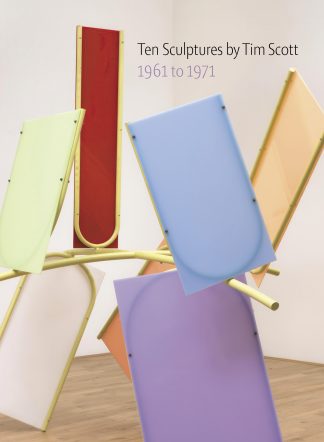Description
In the 1960s Tim Scott tested the limits of what a sculpture could be. Visionary and audacious, his large-scale constructions radically transformed the inheritance of Constantin Brancusi and Henri Matisse. How spatially expansive could sculpture become whilst retaining its identity as sculpture? Could sculpture incorporate colour and translucency, without abandoning a sense of mass and density? Scott explored these questions in materials new to sculpture including plywood, fibreglass, steel, aluminium, perspex and latex foam.
This publication provides succinct commentaries on ten key sculptures by Scott, along with an introduction by his contemporary William Tucker.
About the author
Sam Cornish is a writer and curator. His publications include Frank Bowling: Sculpture (Ridinghouse, 2022), John Hoyland: The Last Paintings (Ridinghouse, 2021), Mali Morris: Painting (Royal Academy, 2019), Stockwell Depot 1967-79 (Ridinghouse, 2015), John Panting: Sculpture (Sansom & Co, 2012) and Robert Motherwell: Drawings (Bernard Jacobson Gallery, 2011). Amongst his exhibitions are Unreal City (Saatchi Gallery, 2024), Mali Morris: Returning (Hatton Gallery, 2024), Garth Evans Sculpture: A Place In the World (CALOSA, Mexico, 2024), These Mad Hybrids: John Hoyland and Contemporary Sculpture (RWA, Bristol, 2024), Mali Morris: Calling (Ikon Gallery, 2023), Frank Bowling: Sculpture (University of Greenwich Galleries 2022), John Hoyland: The Last Paintings (Sheffield Museums, 2021), Kaleidoscope: Colour and Sequence in 1960s British Art (Arts Council touring exhibition, 2017-18), and John Panting: Spatial Constructions (Adam Art Gallery, New Zealand, 2013).






